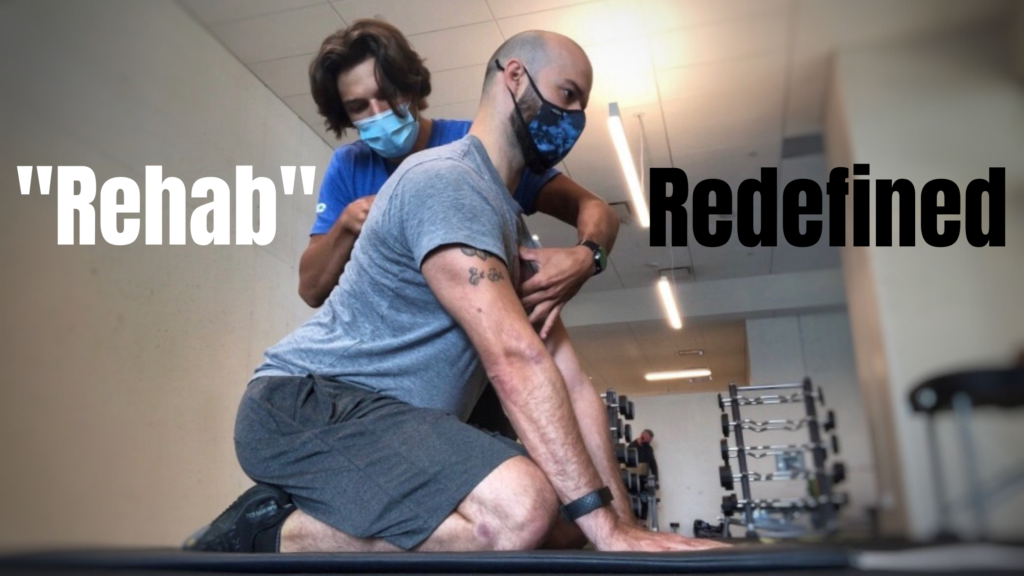
Dr. Mitch Broser
The problem with rehabilitation is the very definition of it. To “rehabilitate” means “to restore to a former capacity.” When it comes to injury rehabilitation, this implies that we are trying to restore someone’s health or capacity to the level they were at pre-injury. However, the state of health or physical capacity pre-injury was not sufficient; that’s why they sustained injury in the first place! One of the most significant predictors of musculoskeletal (MSK) injury is previous injury. With injury rates, surgeries and work absence due to MSK ailments on the rise, it’s time we redefine rehabilitation.
Injury occurs when the load (or force) on a tissue (muscle, ligament, joint, etc.) exceeds the tissue’s load-bearing capacity. If the load does not exceed the capacity, then we can stay below the injury threshold. If we continually enhance the tissue’s capacity, then more load will be tolerable before injury occurs. Dr. Andreo Spina, creator of Functional Range Systems® explains this with some very simple equations:

Based on the equations above, our goal should be to increase the tissue’s capacity to accept load. Let’s use the glass of water analogy. If you have a small cocktail glass, the amount of water it can hold (capacity) is small. It doesn’t take much water to fill up the glass before it overflows. This overflow would represent an injury – you are putting more water in the glass than it can hold. Now, a pitcher has much more volume – it can hold much more water before it overflow. In rehabilitation, we first want to fix the glass so it can be filled to a rim. For injury prevention, our goal should be to turn that cocktail glass into a pitcher so it can hold much more water without overflowing.

To put this into context – If someone is walking and rolls their ankle subtly, this may not be enough to actually cause damage to the ankle ligaments. Now, if someone is playing a sport, jumps and lands on their foot awkwardly, the force from their body weight PLUS the force from their body moving at a high velocity will mean their ankle will experience MORE force which may exceed the ankle capacity. This force is more than what the ankle ligaments can handle, leading to damage of the ligaments. Once this injury occurs, the ankle’s capacity to accept load will be far less – they are more prone to re-injury. if this isn’t managed properly, then this person may experience subsequent injury from far less load.
If someone sprains their ankle, the first priority should be pain management. Once the pain is relieved, many people rush to return to the sport or activity they originally got injured in. Others may continue their “rehab” and once they regain ankle strength and range of motion, they may believe that they are safe to return to the activity. Based on what we’ve discussed, rehab should go far beyond this. We should continue to increase the ankle’s capacity (strength, range of motion, etc) to increase ankle resilience, increase the threshold for injury, minimize risk and mitigate injury.

